Therapeutic Interventions and Manual Techniques
Manual Therapy and Interventions
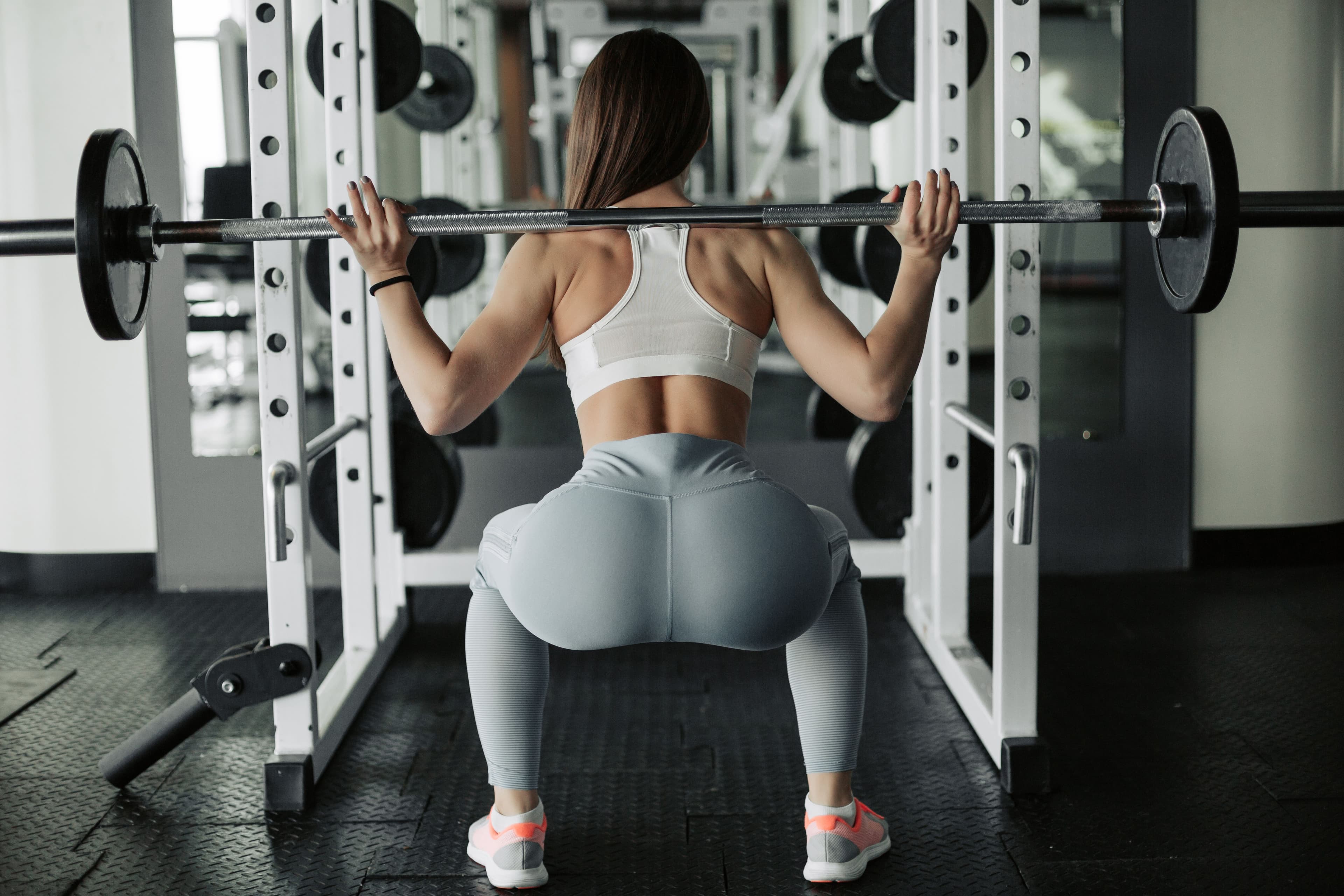
Correcting an Asymmetrical Weight Shift (Lateral Pelvic Shift or Tilt)
An asymmetrical weight shift (AWS) is a movement impairment (a.k.a. postural dysfunction) characterized by a consistent, observable lateral shift or frontal-plane tilt of the pelvis (one iliac crest higher than the other), during bilateral lower-body movement patterns such as the squat or deadlift
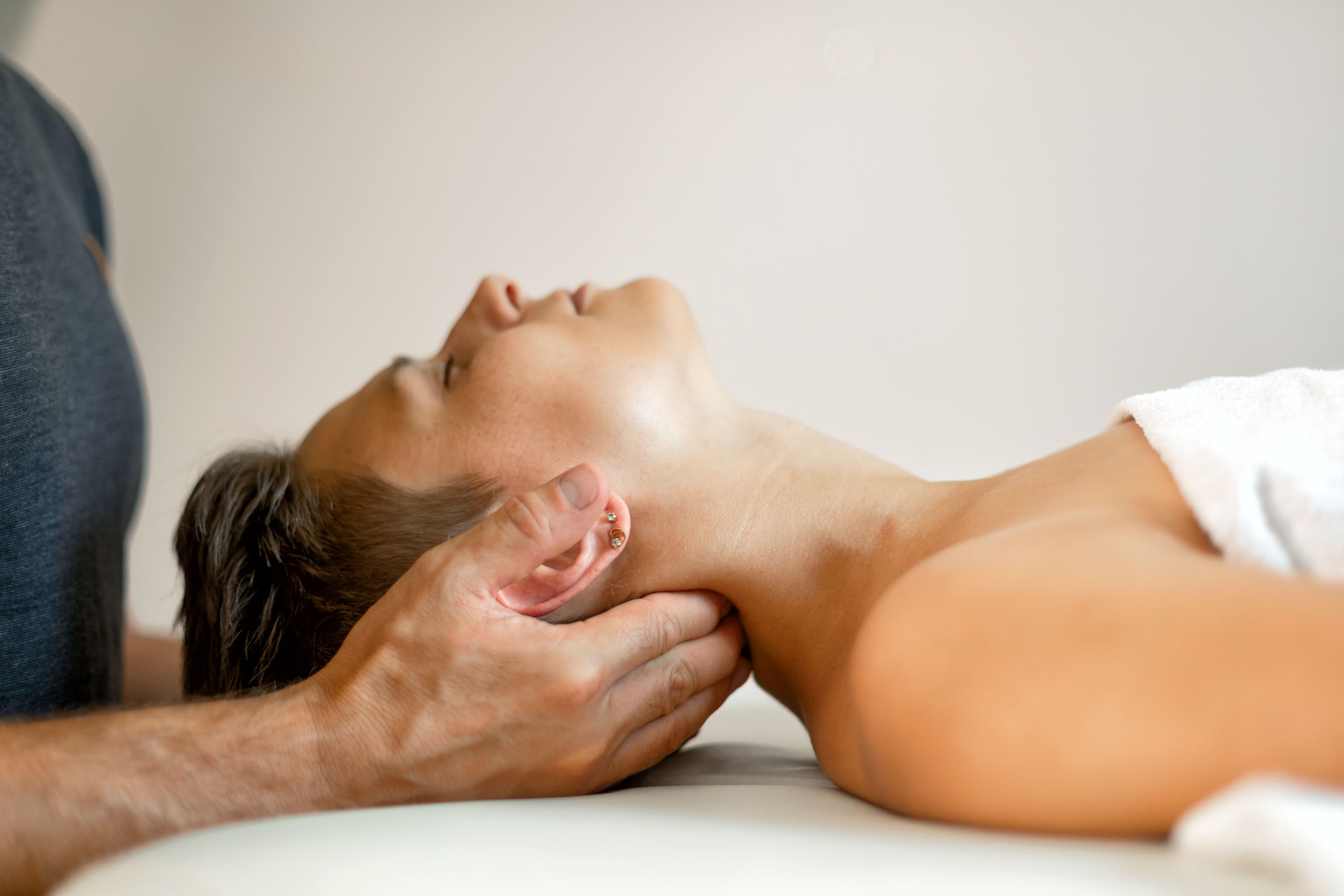
Is There a Single Best Approach to Physical Rehabilitation?
A formal framework for achieving optimal patient outcomes in physical rehabilitation. Framing clinical intervention selection as a "Constrained Knapsack Optimization Problem."
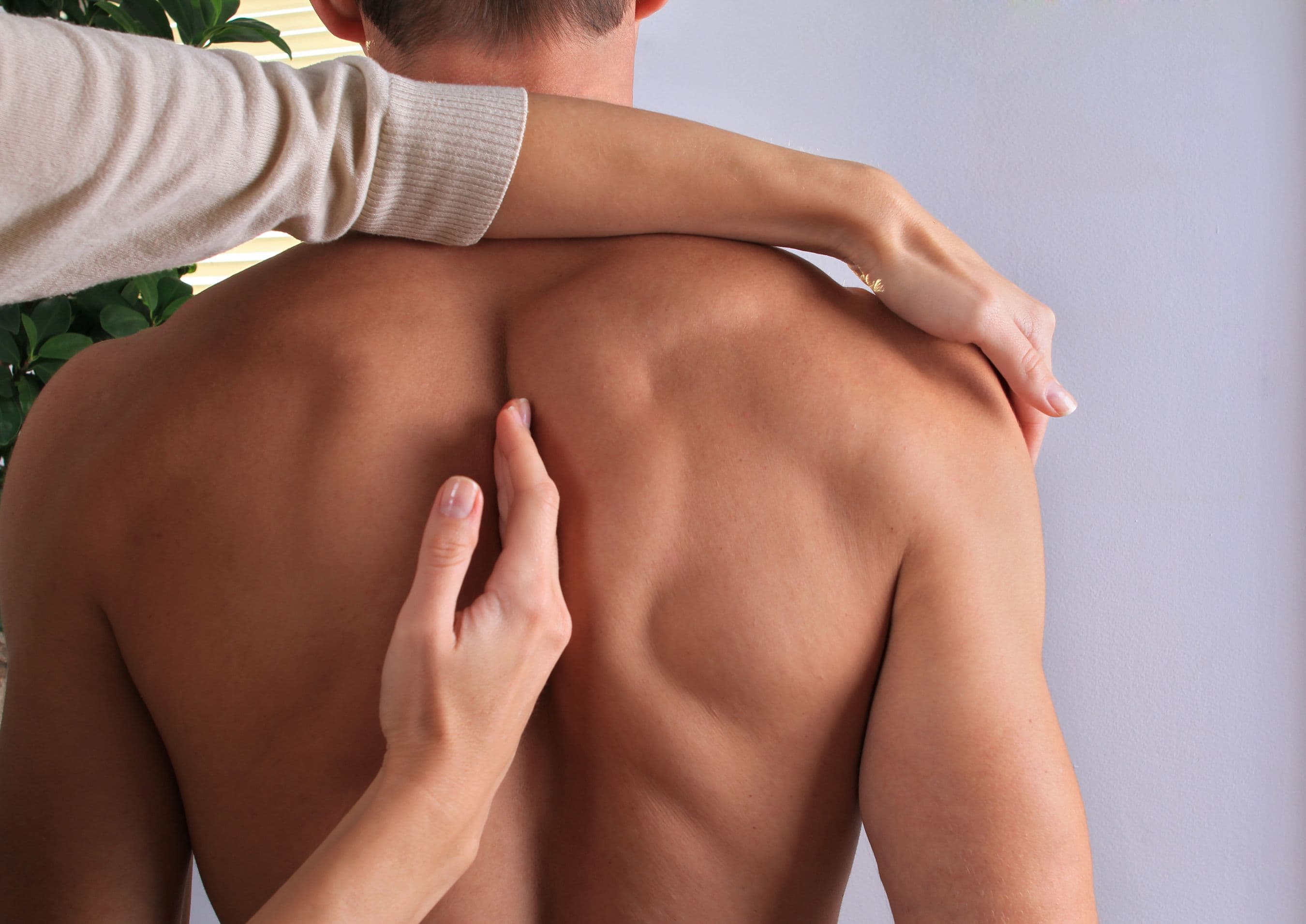
Active versus Passive: Is Exercise more Effective than Manual Therapy?
Uncover the myth: 'active is better than passive'. Research debunks this claim. Learn the facts on active vs. passive interventions now!
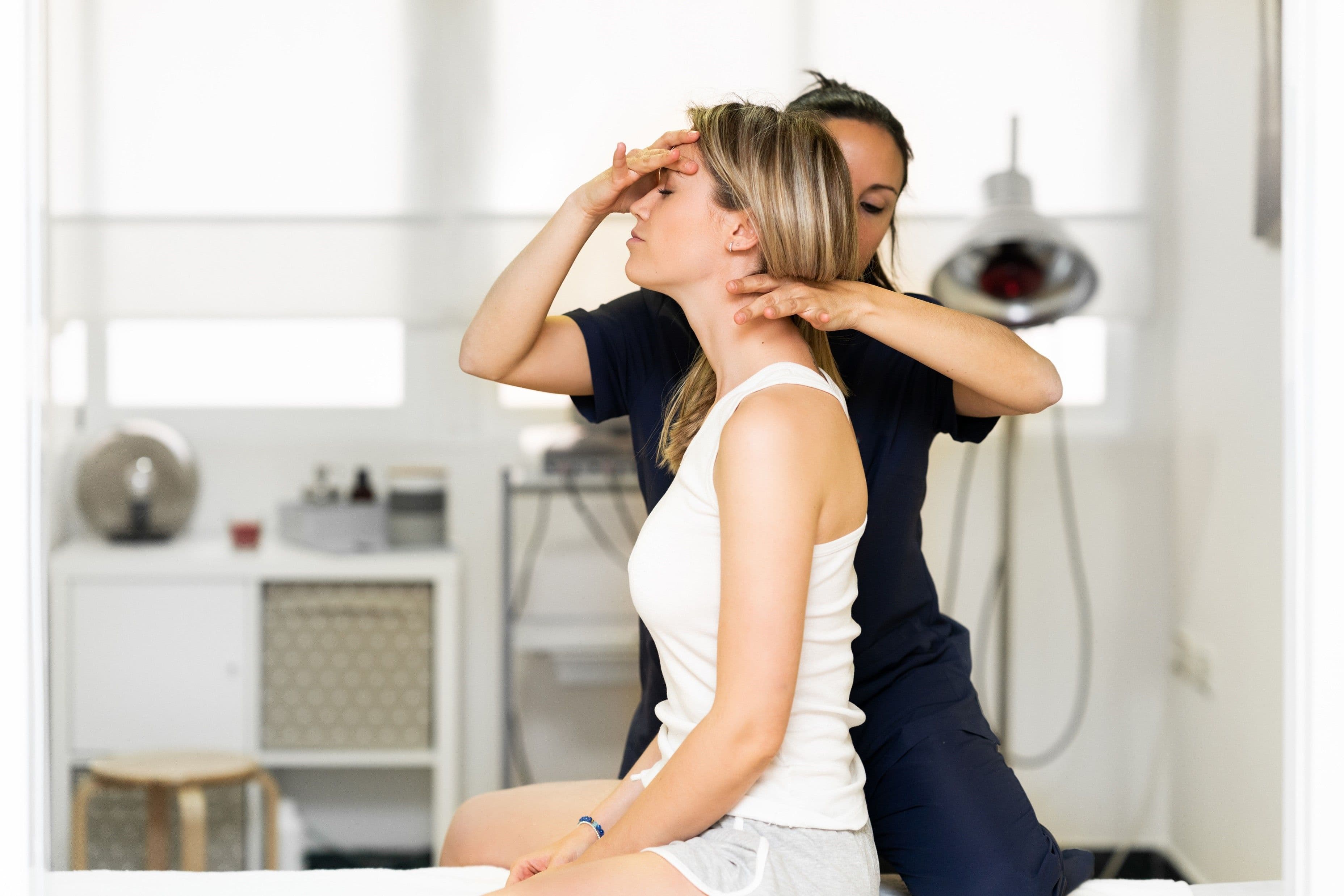
False Narratives, Nocebo, and Negative Expectations do NOT affect Manual Therapy Outcomes: Research Confirmed
Research Confirmed: Messaging, expectations, and treatment preference may have an inconsistent effect on the perception of pain induced by a manual therapy technique (e.g. how painful an acupuncture needle feels), but no significant effect on post-treatment outcome measures (e.g. pain during motion or functional outcome measure scores). Further, stress and catastrophizing are unlikely to have a significant effect on outcomes; however, it may be advised that joint manipulations are not performed when stress/catastrophizing is high. Stress is likely to be highest during session 1 and decrease with subsequent sessions, and matching a patient's assessment findings to the best treatment option significantly improves outcomes, regardless of expectations.
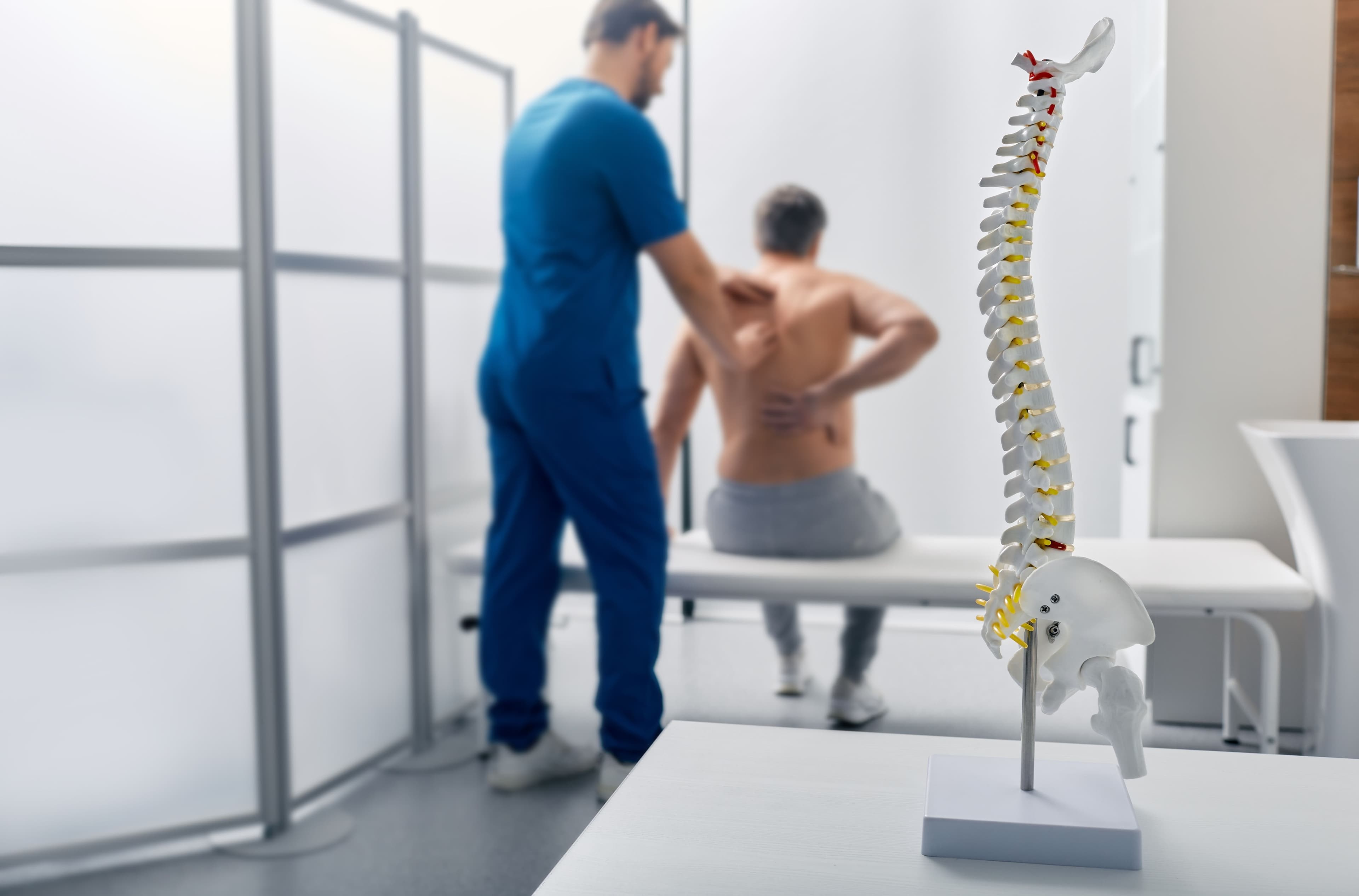
Pain Neuroscience Education (PNE) is Relatively Ineffective: Research Confirmed
The RCTs available that compare pain neuroscience education (PNE) to other interventions imply that PNE is relatively ineffective and has very limited utility.
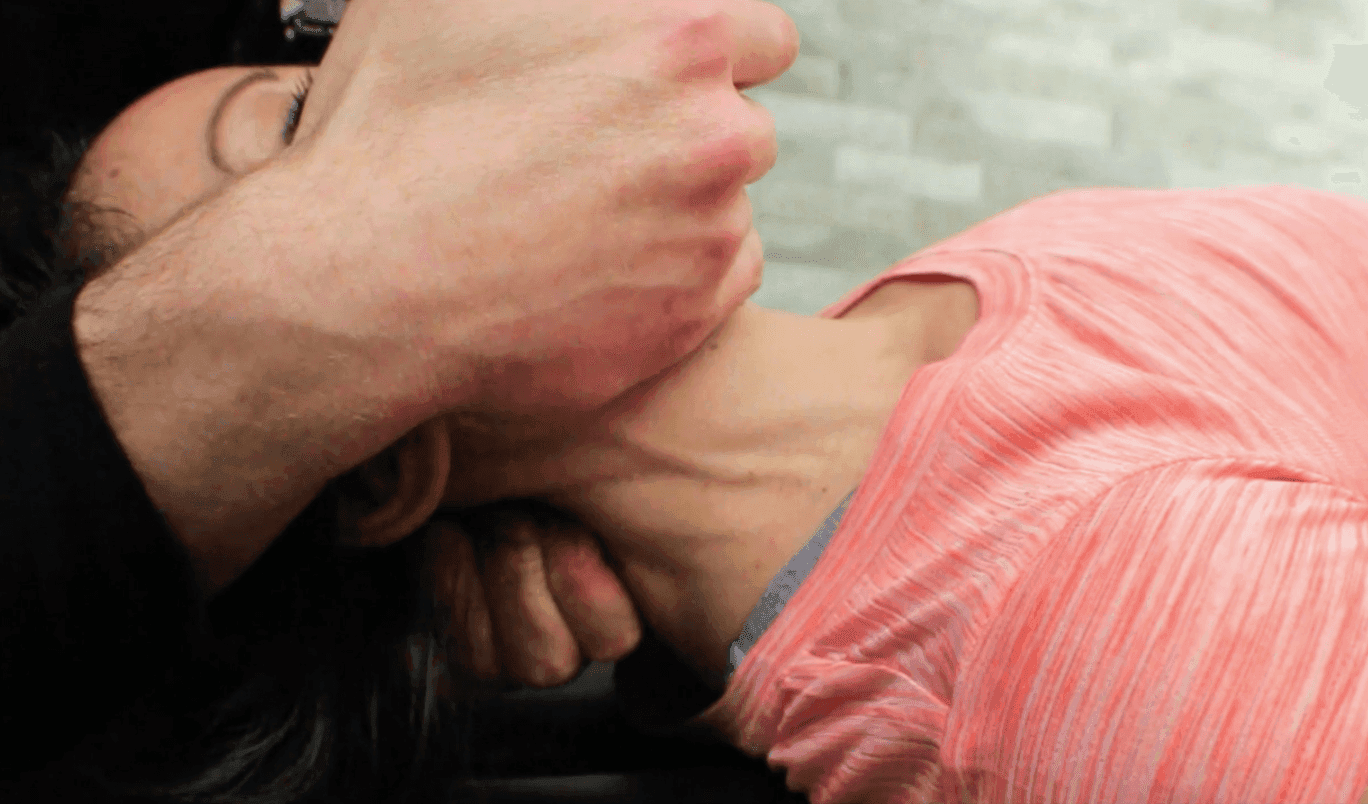
What causes the "popping" noise when you crack a joint? (Does it improve joint manipulation outcomes?)
An evidence-based article defining cavitation sound, the mechanism of sound creation, how it relates to joint manipulation, and whether a cavitation sound is correlated with patient outcomes following manipulation.
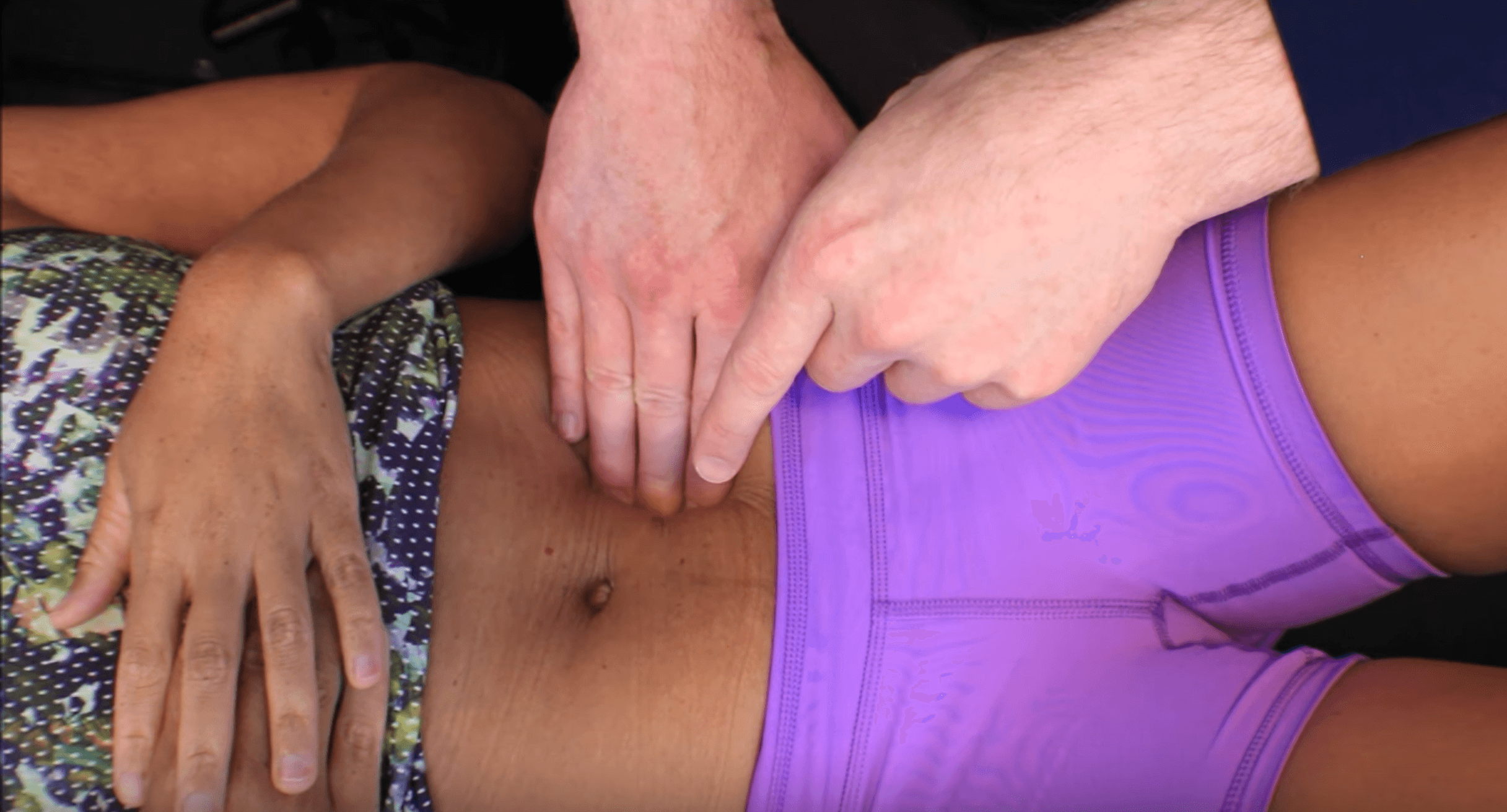
You Can Palpate the Psoas
You Can Palpate the Psoas
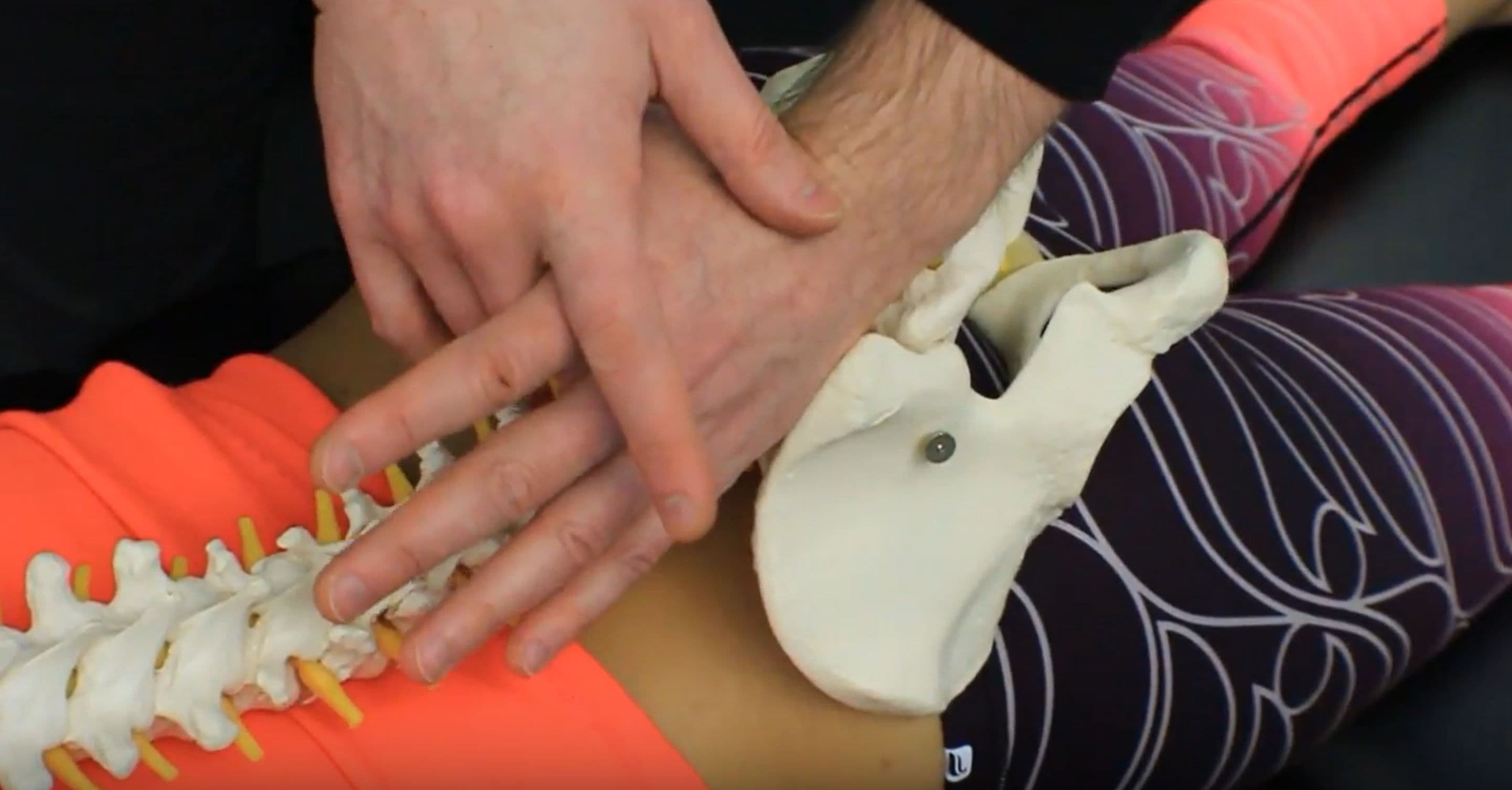
Myths About Sacroiliac Joint (SIJ) Motion, Palpation, Assessment, and Treatment
Myths About Sacroiliac Joint (SIJ) Motion, Palpation, Assessment, and Treatment

